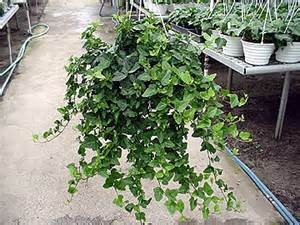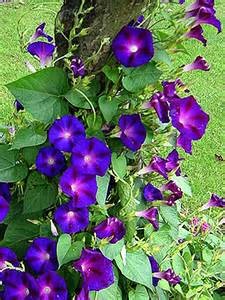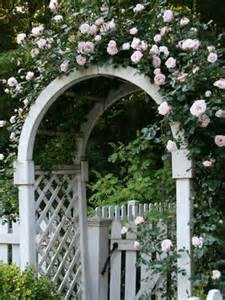Whether you have a large or small area to work with, cultivating creeping/climbing plants can be a fun project with quite beautiful results. There are many species of plants that grow well in a variety of conditions, including extremely hot, sunny climates conditions, and produce beautiful foliage and greenery.
Three creeping/climbing plants are easy to raise and are widely available.
Plants from the Hedera, or ivy as its more commonly refereed to, family have many different variations that are suited to an extreme range of environments. Trademarks of the family are abundant, dark to medium green foliage and lots of it. In a general area that are good for both covering horizontal and vertical areas. They are fairly fast growing and excellent for adding greenery in areas. When combined with other climbers that can create very beautiful sculptures using trellis and support structures.
Ipomoea, or morning glories, come in a wide variety of colours and subspecies that are designed for different climates. They produce large, beautiful blooms that are shaped like tubular bells and are known for closing up at certain times of the day when the sun’s intensity is greater. A lot of varieties do not have a potent fragrance, so they are en excellent choice if you want more colour than scent. They also grow very quickly and can be shaped easily to large or small structures.
Another very popular and hardy climber/creeper that grows well in hot climates and can withstand low precipitation, are plants from Bougainvillea genus. They are known for their ability to either creep slightly if left without support, or to climb eagerly and become securely held in place with its thorns if given a structure. They tend to have dark green foliage and beautiful petite flowers that are surrounded by dramatically coloured bracts.
Two popular uses for them outside of general covering: archways and sculptures.
Using an archway made of most commonly metal or wood, can be a beautiful way to create an entrance or centrepiece in a garden. Whichever plant you are wanting to train to the archway, be sure that you tend it daily after is has begun to sprout. Climbing vines and shrubs, such as certain types of roses, need to be gently shaped and trimmed to keep them climbing and growing along the structure. Delicately weaving the vines along and through the frame will help guide them as they grow. Be sure that the lighting is even on both sides or you may have difficulty keeping the same thickness in foliage throughout.
While archways tend to be more for outdoor gardening, potted sculptures can be done in a variety of sizes to suit both indoor and outdoor settings. They require a fair bit of maintenance, but it is not difficult to do. Smaller species of plants work best, such as morning glories and jasmines, work fairly well. You start by selecting a structure that you want the plant shaped into. Open designs, like hearts and stars are fairly easy, and you use the same gently wrapping and trimming techniques that you would with an archway. No matter how you use them, creeping/climbing plants can be a lovely addition to gardens of all sizes.



